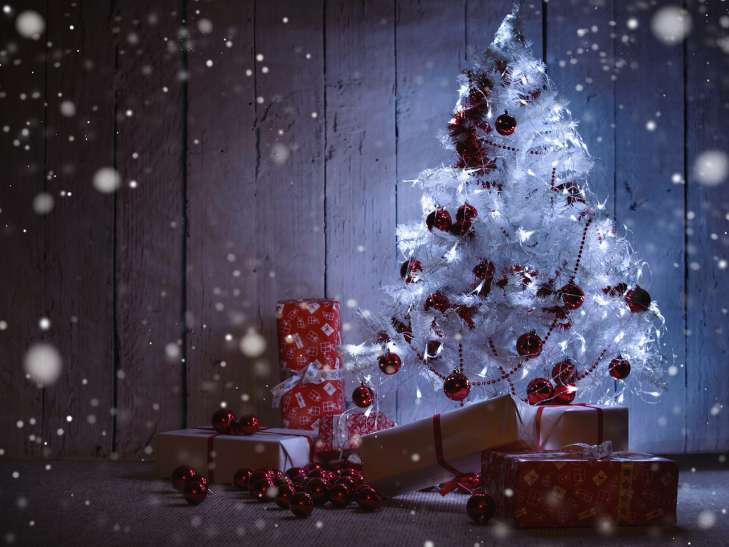Expert Tips: How to Choose a faux Christmas Tree
The Christmas tree must be made of fire-resistant and environmentally friendly materials.
This information should be contained in the product documentation.
Why is an artificial tree better
Even if you use it only once, and a faux one for 6 years, carbon dioxide emissions from a live Christmas tree are almost 3.5 times less. In addition, living wood is biodegradable.
An artificial Christmas tree pays for its ecological footprint only if it is used for a long time: for at least 20 years.
What Christmas trees are in fashion now
One of the main trends will appeal to lovers of natural materials and natural shades.

The Christmas tree will be decorated with paper garlands, linen and cotton bows, wooden and glass toys.
Decorations made from dried fruits, dried flowers, pine cones and gingerbread look interesting.
What material is best for a faux Christmas tree
A forest beauty made of soft PVC is the best purchase option if you choose according to the price-quality criterion.
Rigid polyvinyl chloride - fishing line (PVC or PVC) has a completely different structure.
It is hard, elastic and resembles a fishing line. Products made from it are not deformed.
We previously talked about flammable Christmas decor.
